Learn about rebates
for high-efficiency products
Rebates for high-efficiency products are financial incentives offered to consumers, often through utility companies and government programs, to encourage the purchase and installation of energy-efficient equipment or systems. These rebates can help offset the initial costs of energy-efficient upgrades, such as water heaters and HVAC systems, which typically have a higher upfront cost compared to standard models.
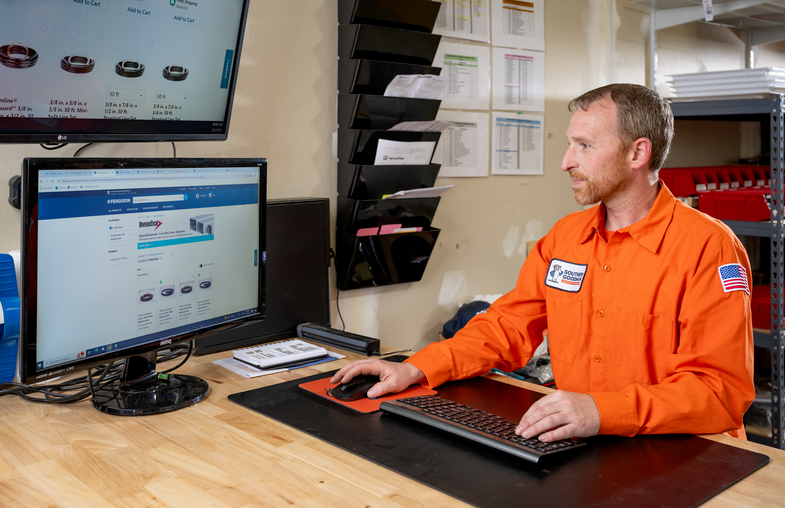
What are they?
Rebates are financial incentives or partial refunds that are provided to homeowners, the contractor or both, after the purchase and installation of energy-efficient products. Typically created by electric or gas utility companies, these rebate programs are designed to encourage the adoption of highly efficient mechanical systems, such as HVAC systems and water heaters, in order to promote energy savings.
Some rebate programs operate as midstream programs, enabling incentives to be extended to contractors, distributors, or both. This approach not only reduces costs for end users but also motivates contractors and distributors to actively promote and raise awareness about available rebate programs nationwide.
How They're Funded
Utility Rate Payer Funds
Many utilities fund rebate programs through contributions from all residents in their service area, collected via utility bills. These funds are then allocated to support rebates and incentives for energy-efficient products and upgrades.
Grant-funded
Rebates may also be funded through government or nonprofit grants aimed at supporting energy
efficiency programs or sustainable practices.
State-funded
These programs are typically fueled by taxes or fees assessed on businesses within the state, often
tied to broader energy conservation goals or environmental initiatives
Federal-funded
Rebates may be provided through federal programs, such as those tied to the Inflation Reduction Act,
which can include income-based rebates for households that meet certain eligibility criteria (e.g., based on average median income).
What kind of products quality for rebates?
ENERGY STAR® certification is often the baseline for rebate eligibility. These products meet rigorous efficiency standards and are designed to reduce energy consumption, saving homeowners money in the long run.
Common high-efficiency products eligible for rebates include gas
tankless and heat pump water heaters, gas furnaces, HVAC
systems, smart thermostats and appliances.
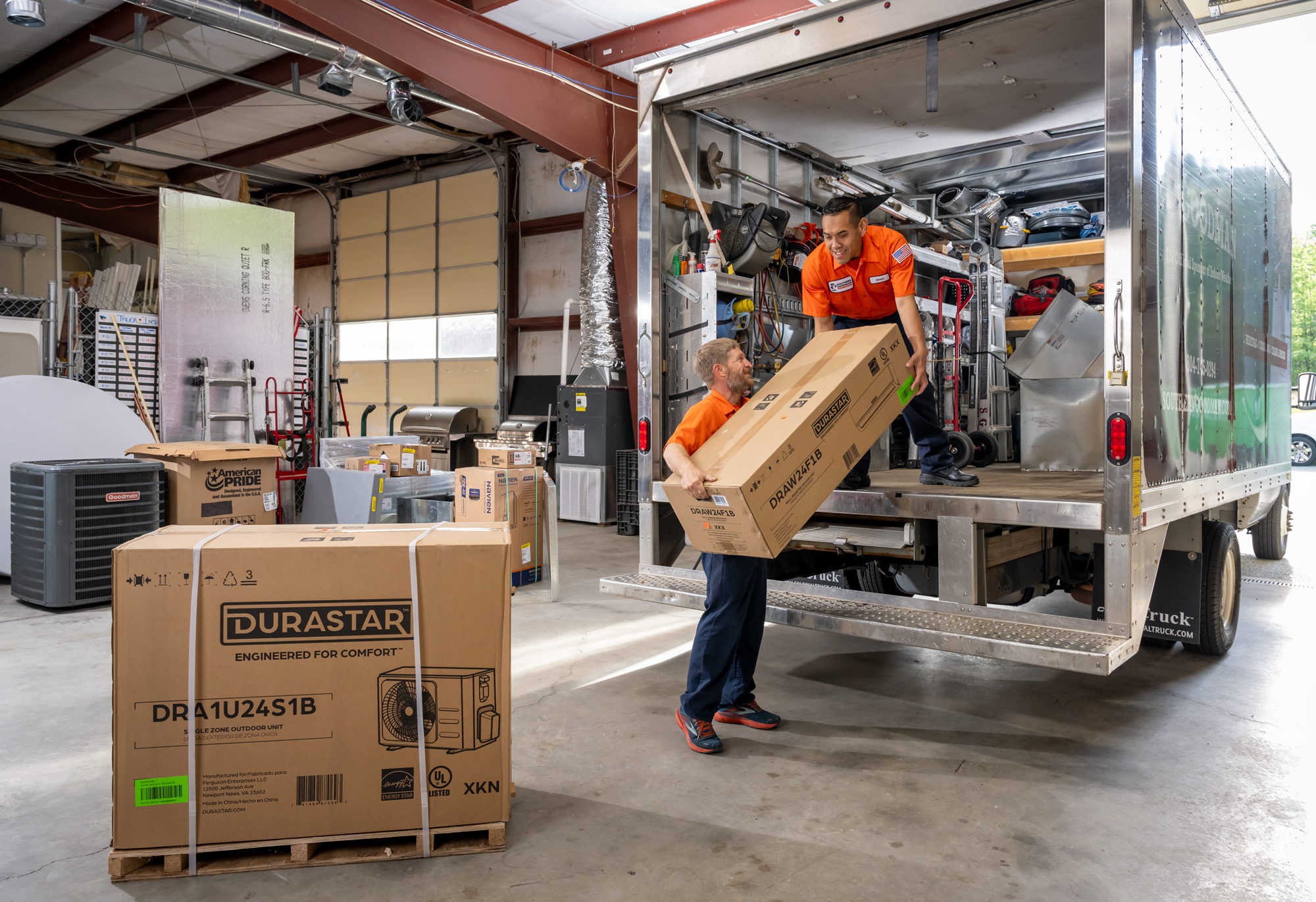
Contractor Benefits
Selling high-efficiency products that qualify for rebates can be a smart strategy for contractors to increase both sales and profit margins. Here’s how:
Justifying Higher Product Prices
High-efficiency products, like ENERGY STAR-rated HVAC systems, heat pumps, or tankless water heaters, often come with a higher upfront cost compared to standard models. However, when these products qualify for rebates, the perceived value to the homeowner increases. Knowing they can recoup part of the cost through rebates makes them more willing to invest in a higher-priced, energy-efficient product. This gives contractors the opportunity to sell superior, higher-performing and higher margin
products that, while costing more upfront, deliver a significant return on investment over their lifetime.

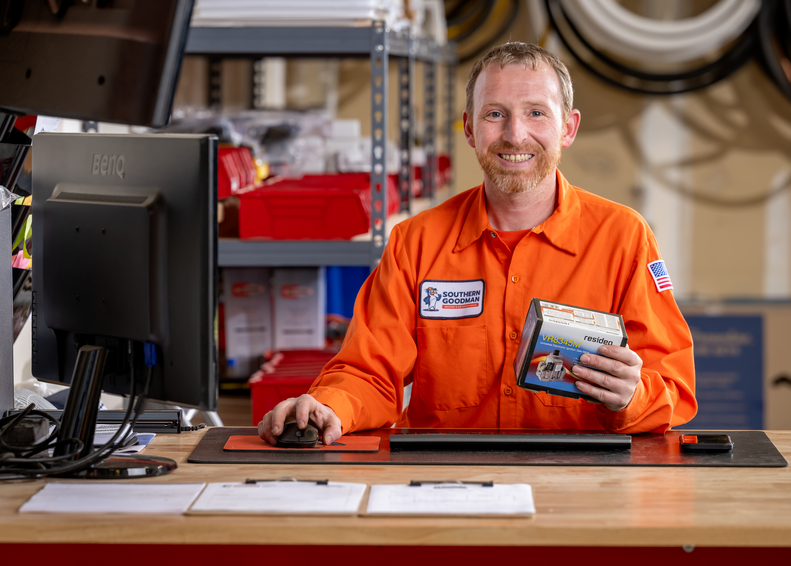
Increased Profit Margin
High-efficiency products typically have a higher gross profit margin for contractors. For example, while a standard water heater may be cheaper to install, a high-efficiency or tankless water heater not only costs more but also tends to have a higher markup for contractors. Since these products often involve advanced technology and specialized installation, they come with premium pricing that reflects their added value. Contractors benefit from these higher margins, while still offering the homeowner a solution that will save them money in the long run through lower energy bills.
Bundling Opportunities
Selling high-efficiency products also opens the door for bundling additional high-margin items like smart thermostats, improved insulation, or energy-efficient lighting. These can often qualify for rebates as well, making it easier to package them together in a comprehensive energy efficiency upgrade. This bundling approach not only enhances the homeowner’s value but also boosts the contractor’s total sale and profitability.
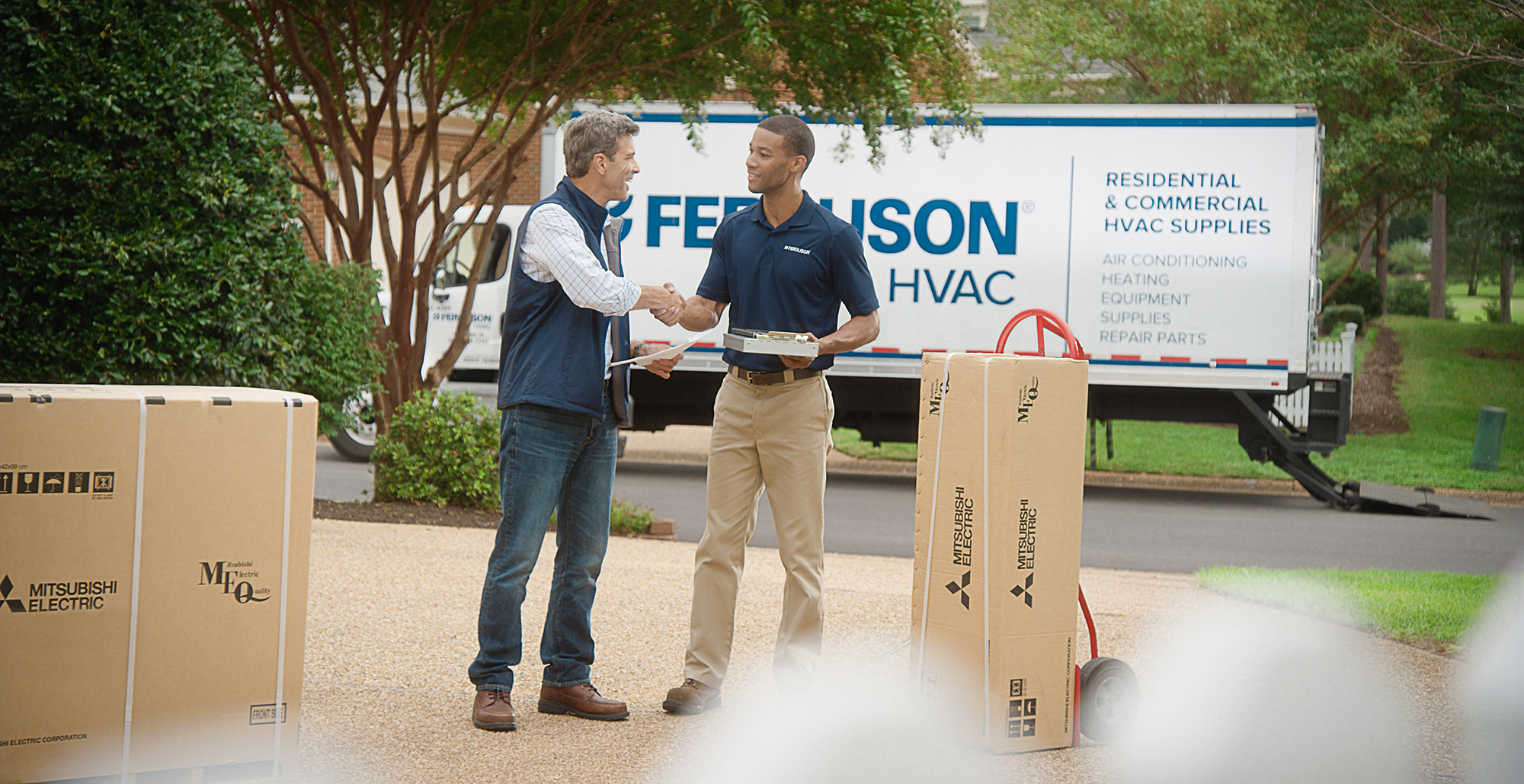

Sustainability Appeal
Homeowners are increasingly interested in sustainability and reducing their environmental footprint. High-efficiency products meet these desires while allowing the contractor to sell products that are seen as a long-term investment in energy savings. Contractors who position themselves as experts in energy efficiency and sustainability can command a premium for these products, enhancing both sales and margins.
Enhancing Value for Homeowners
By highlighting the rebates available on high-efficiency products, contractors can guide clients toward making more informed choices, often leading them to consider higher-quality, energy-saving options. For example, a homeowner who might initially be focused on a standard furnace may be more inclined to invest in a high-efficiency model once they understand the long-term savings and available rebates. This approach not only boosts the overall value for the homeowner but also positions the contractor as a trusted advisor, helping them make the best decision for their needs.
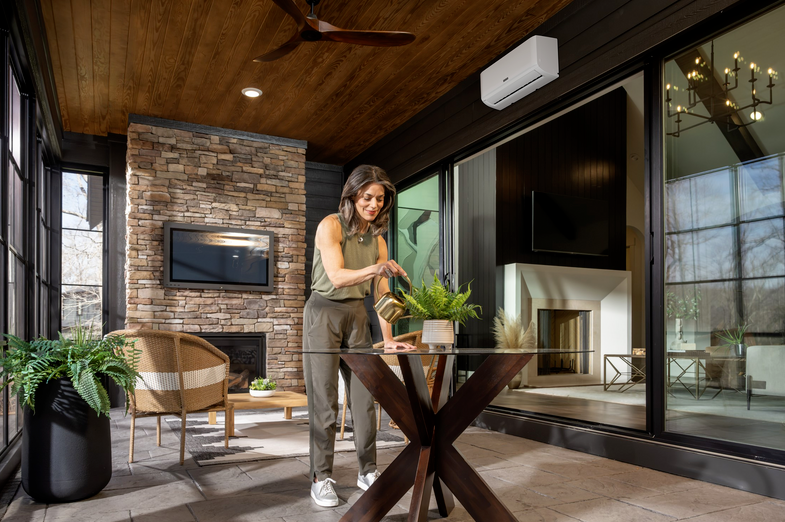
By offering high-efficiency products that qualify for rebates, contractors can position themselves to sell higher-performing products with better profit margins, create opportunities for bundling and upselling, and build a reputation as an expert in energy efficiency. The rebates themselves act as a selling point, making these higher-end products more accessible and attractive to homeowners, while ultimately benefiting the contractor’s bottom line.
Act Now: Federal Tax Credits Expire December 31, 2025
Federal tax credits for qualifying high efficiency products, including HVAC and water heating products, are set to expire at the end of 2025! The 25C Energy Efficient Home Improvement Tax Credit provides a tax credit for eligible products of 30% of project costs, up to $2,000. All purchases and installations must be completed by Dec.…
Customer Letter – Big Beautiful Bill: The Product Incentive Impact
July 24, 2025 To our valued customers, Over the July 4th holiday weekend, President Trump signed the “Big, Beautiful Bill,” rolling back several long-standing federal tax credits for residential clean energy and energy efficiency. These tax credits have been a helpful “bonus”, allowing customers to stack incentives from multiple sources. The rollbacks do not affect…